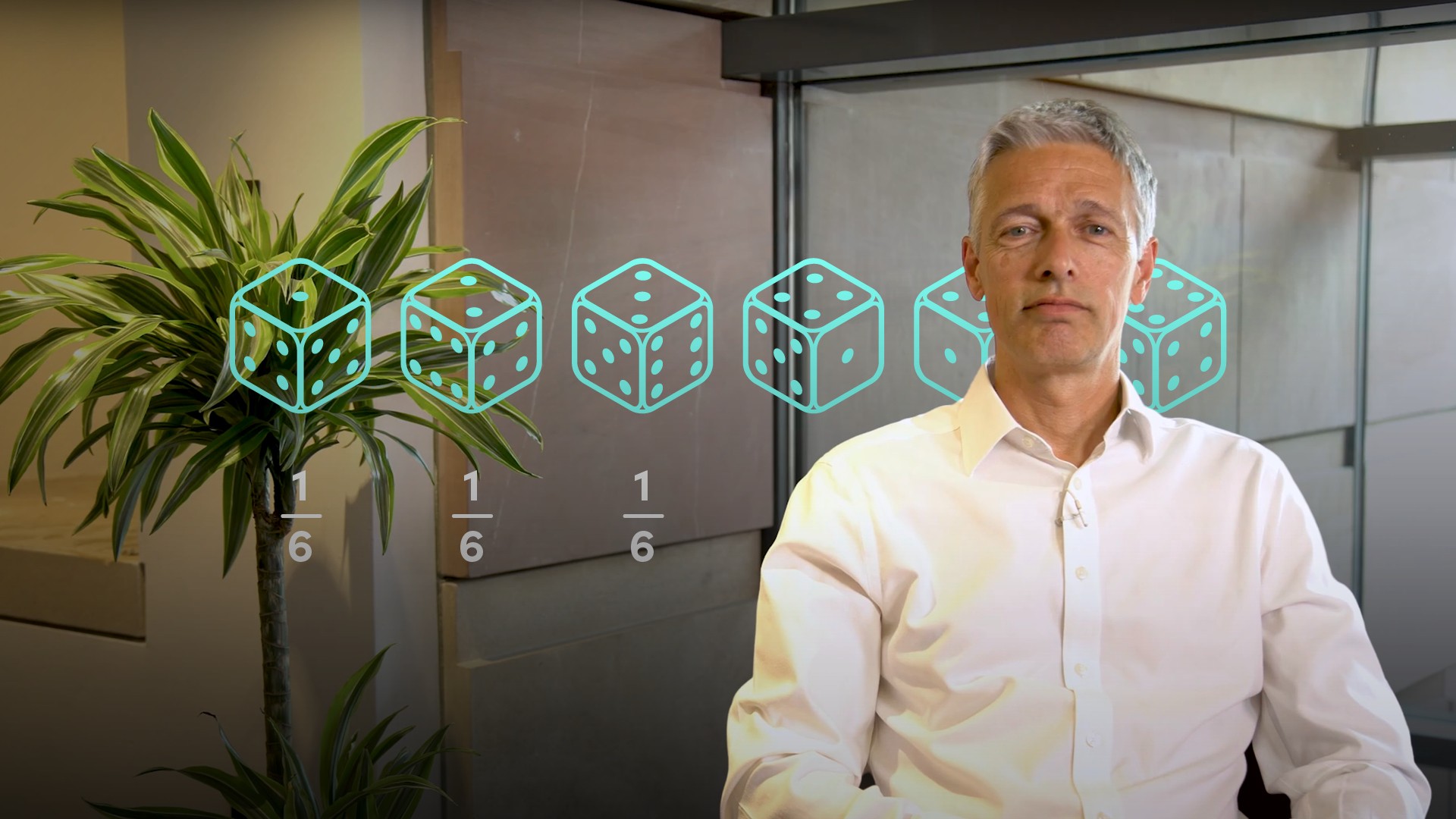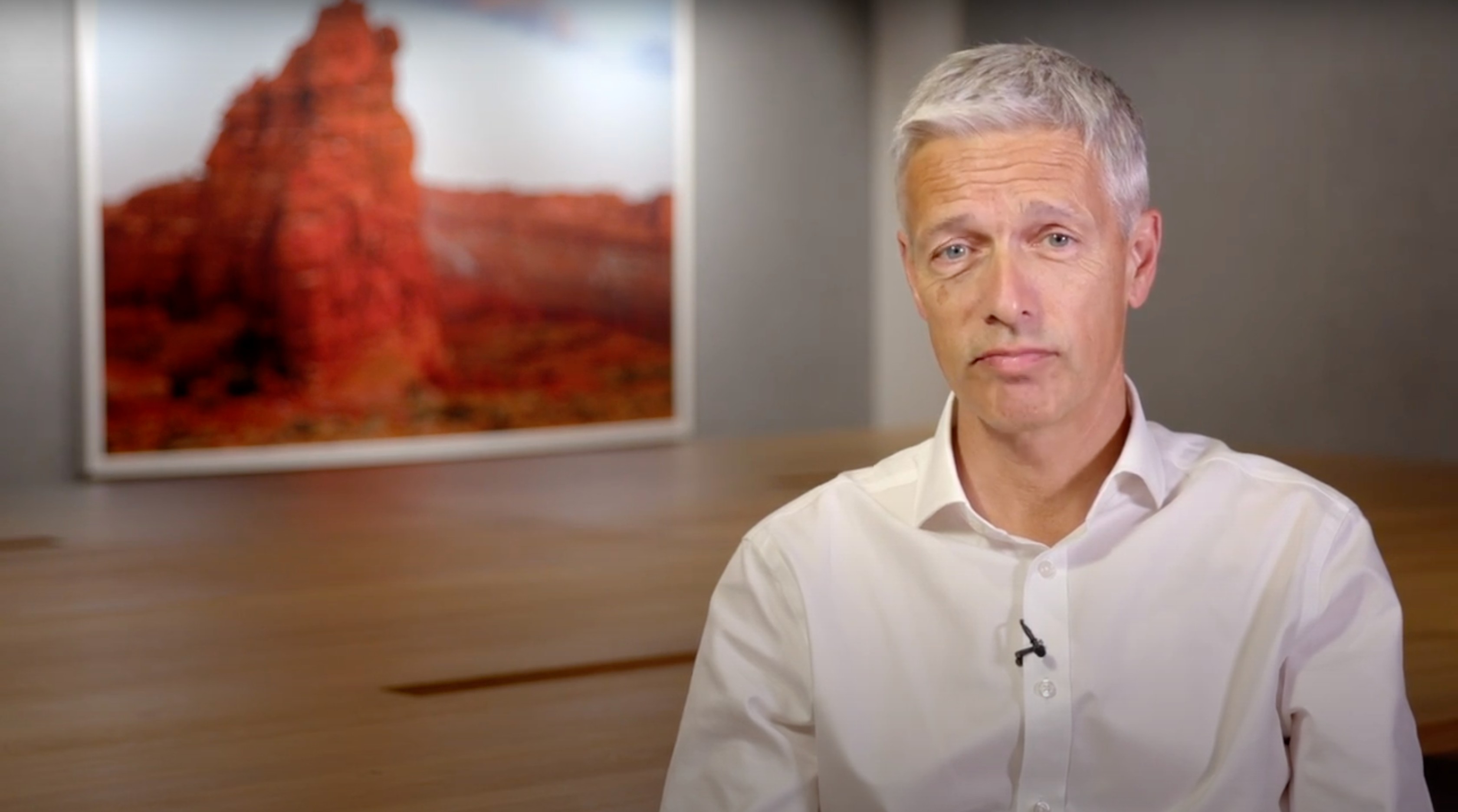
Introduction to FX Options

Kees van den Aarssen
35 years: FX & financial markets
In an option transaction, one party will have the right to execute a spot transaction some time in the future at an agreed rate. Kees provides an introduction to this specific contract by explaining what options are, before expanding into elements such as assessing the payoff and fair value.
In an option transaction, one party will have the right to execute a spot transaction some time in the future at an agreed rate. Kees provides an introduction to this specific contract by explaining what options are, before expanding into elements such as assessing the payoff and fair value.

Introduction to FX Options
21 mins 12 secs
Key learning objectives:
Define Spot’s, Forwards and Swaps products
Identify the benefits of holding FX Options
Explain the difference between Put/Call Options and when an option might be exercised
Overview:
In an Option transaction, one party is given the right, not obligation to execute a spot transaction sometime in the future at an agreed rate. The benefit of holding an option is it provides security and reduces uncertainty for a trader.
What are the other three product groups?
Spot transaction – This is a simple agreement between two parties to exchange one currency for another at an agreed rate on an agreed date. The spot date is usually on T+2. Once the deal is agreed, both parties have an obligation to deliver.
Forwards – It differs to ‘Spot’ by the date in which the transaction is settled. It's later than the spot date and is corrected for the interest rate differential. Similarly, it is an obligation for both parties.
Swaps – This is a combination of a spot transaction and an opposite forward combined. For example, SellEUR/BuyUSD spot and BuyEUR/SellUSD 1 month forward is equal to Swap. This is the largest product group.
What are Options and how do they work?
The party that has bought the option is the party with the ‘right’ – also referred to as ‘Long the option’. The party with the obligation is the one that has sold the option – also referred to as ‘Short the option’.
If a holder of an option after analysis decides against the spot transaction, the option expires. Whereas, if he decides to go through with the spot, he is exercising his option.
In these cases, the holder will have to inform the counterparty whether he wants the spot deal or not before the agreed cut-off time/expiry of option.
What are the benefits of holding Options?
- They are excellent alternatives to other products for a known exposure
- Can provide a hedge without losing some upward potential
- In some cases, they are the only way to hedge if there is uncertainty about the exposure. For example, tender situations
- They are a flexible tool with great financial leverage
What are Put/Call Options, and when is an option exercised?
The holder will only exercise the option if the alternative, doing a spot transaction directly in the Fx market, is more expensive. In the cases of Put/Call options:
Put Option – This is a right to sell a currency. The option will not get exercised if the spot rate is higher than the strike rate. The option will be left to expire.
Call Option – This is the right to buy a currency. With this, an option will not get exercised if the spot rate (market price) is lower than the strike rate.
In-the-money – if an option contract were to be exercised today it would be worth more than £0. An option is exercised in this period.
Out-of-the-money – A term used to describe when a call/put option has a strike price that is higher or lower than the market price. An option expires in this period.
At-the-money – When the spot and strike prices are very close.
When is a risk parameter used?
The Delta of an Option – This parameter measures how much the value of the option changes if the price of the underlying changes. Furthermore, it is expressed as a percentage.
At expiry, the out of money option has a 0% delta and the in the money option has a 100% delta. Thus, even when an option expires out of the money, there is still a profit or loss.
What is an Option Premium?
This is the price paid for an option contract.
An example:
A die is rolled. Depending on the roll, $100 x the face value is paid. Thus, the pay-out range is $100-$600. Like a premium, how much would you be prepared to pay to enter the game?
The upfront premium would be equal to the expected payoff which in turn would be equal to the sum of each of the event payoffs, multiplied by its probability. If this game was played enough times, the outcome will be roughly flat, you would neither win nor lose.

Kees van den Aarssen
There are no available Videos from "Kees van den Aarssen"

